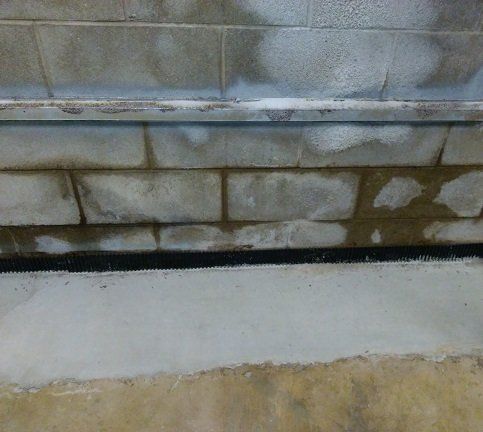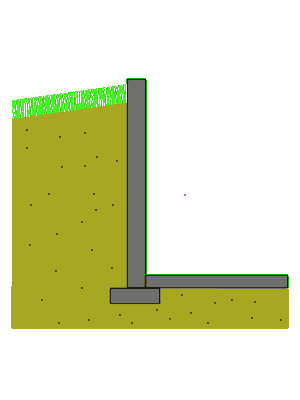See the vertical crack, it's 1.5 feet over from the corner and next to that gutter downspout. This type of crack will follow the block mortar joint all the way to the basement floor and follow a stair-step pattern.
This is very typical of a block foundation wall, settling usually occurs in the corners and very small movement down will create these cracks that go from the ceiling to the floor.
A drain tile system could be installed to help with this issue but it would be running all the time when it rained. It wouldn't help prevent water damage to the outside side of the block since it's just managing the water and not stopping it. In fact it might make matters worse over time.
Our experience tells us that voids will develop around this crack, the sand and soil will also drain inside the blocks creating the growing voids next to the foundation. Now water from the downspout fills up the voids during rain storms and it makes it 's way into the wet basement as a faster rate.
Stopping water outside of the foundation is Real Waterproofing, the water voids will be filled and the water pathways will be blocked with bentonite, stopping the water from moving through your walls.


















